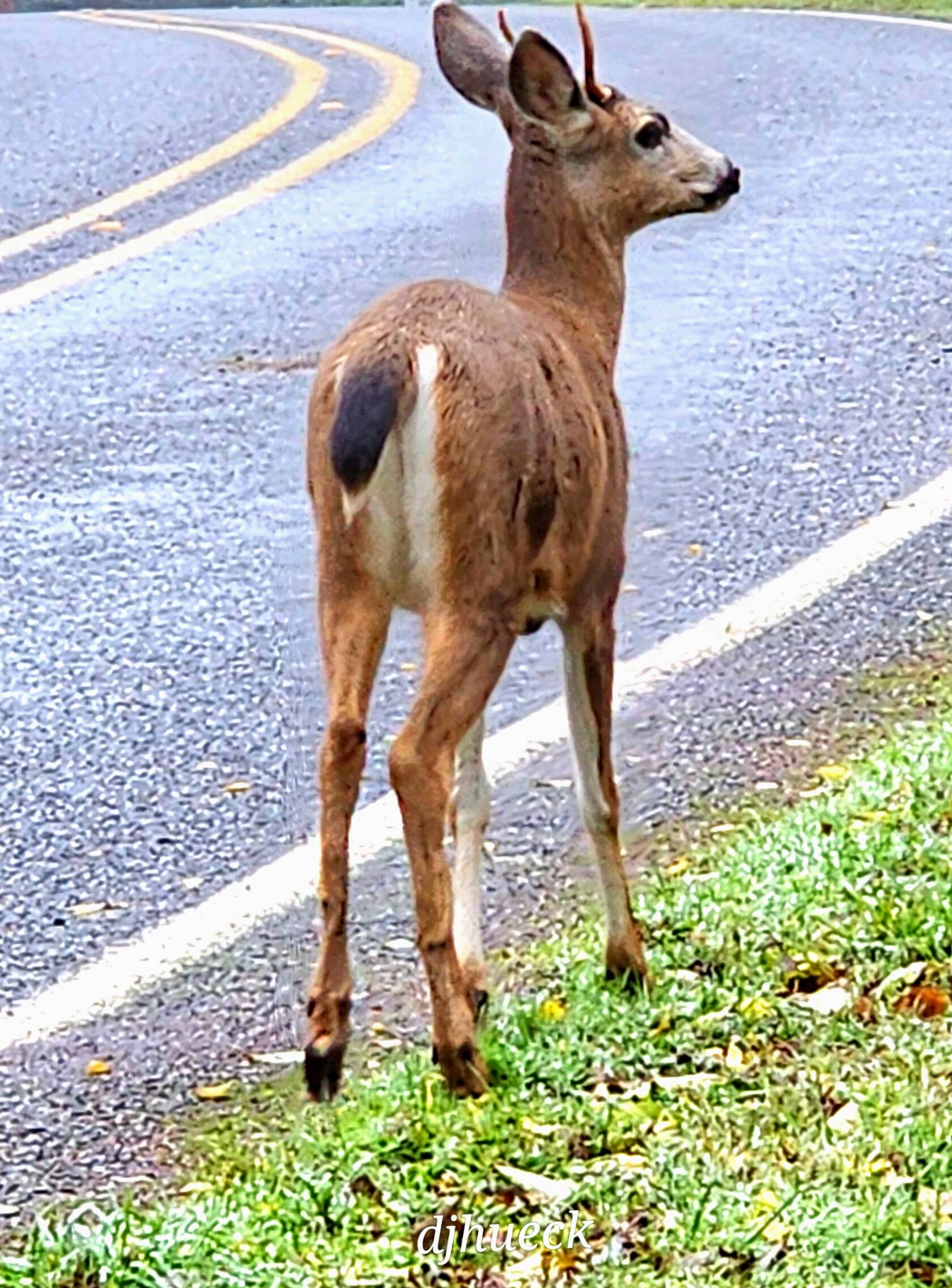Whidbey Island has one of the highest numbers of roadkill in the state, with the most reported vehicle-wildlife collisions involving deer, according to the Washington State Department of Transportation.
Deer are part of the island life, as they’re often seen roaming our backyards, streets and even supermarket parking lots. They have grown so comfortable with urbanization that some are concerned for their safety and the safety of drivers. In recent years, Coupeville leaders have discussed solutions to the abundance of deer that ranged from deer birth control to water guns.
According to Ralph Downes, an enforcement officer with the state Department of Fish and Wildlife, the greatest threat to deer is cars, with about 300 deer being hit every year on Whidbey alone. This number does not account for the deer that survive only to die from their injuries later, out of sight.
According to WSDOT, the most collisions occur along Highway 20 and Highway 525.
Downes said Whidbey Island has a deer population density that is higher than average, which in part contributes to this issue.
A 2015 study conducted by a University of Montana graduate student with the help of the Washington Department of Fish and Wildlife estimated the deer population on Whidbey to be 2,744, with six deer every square kilometer. Central Whidbey counted the most deer, with 10.5 deer per square kilometer, while the South End counted about four and the North End has five.
Downes said he believes the study’s findings reflect today’s demographics.
“It sounds backwards, but much of our development actually increases the deer habitat,” he wrote. “They are quite adept, being foragers not grazers, at capitalizing on our development and living amongst our sprawling neighborhood settings.”
Surprisingly, there were fewer deer on Whidbey before colonization, when the island was predominantly covered by old growth forests, Downes added.
Yet Downes said Whidbey isn’t experiencing an overpopulation of deer. Had that been the case, he said, the population wouldn’t be as healthy as it is now.
Currently, Fish and Wildlife manages deer populations through hunting. Between the early 2000s and 2023, the agency almost tripled the number of deer hunting tags available — from 100 to 275 — as a way to keep the population from over multiplying.
While in most areas in the state only male antlered deer can be harvested, Fish and Wildlife allows Whidbey hunters to kill antlerless and female deer as well. By harvesting a male, Downes explained, only one deer is taken out of the population. By harvesting a doe, hunters are removing one deer and two potential fawns.



